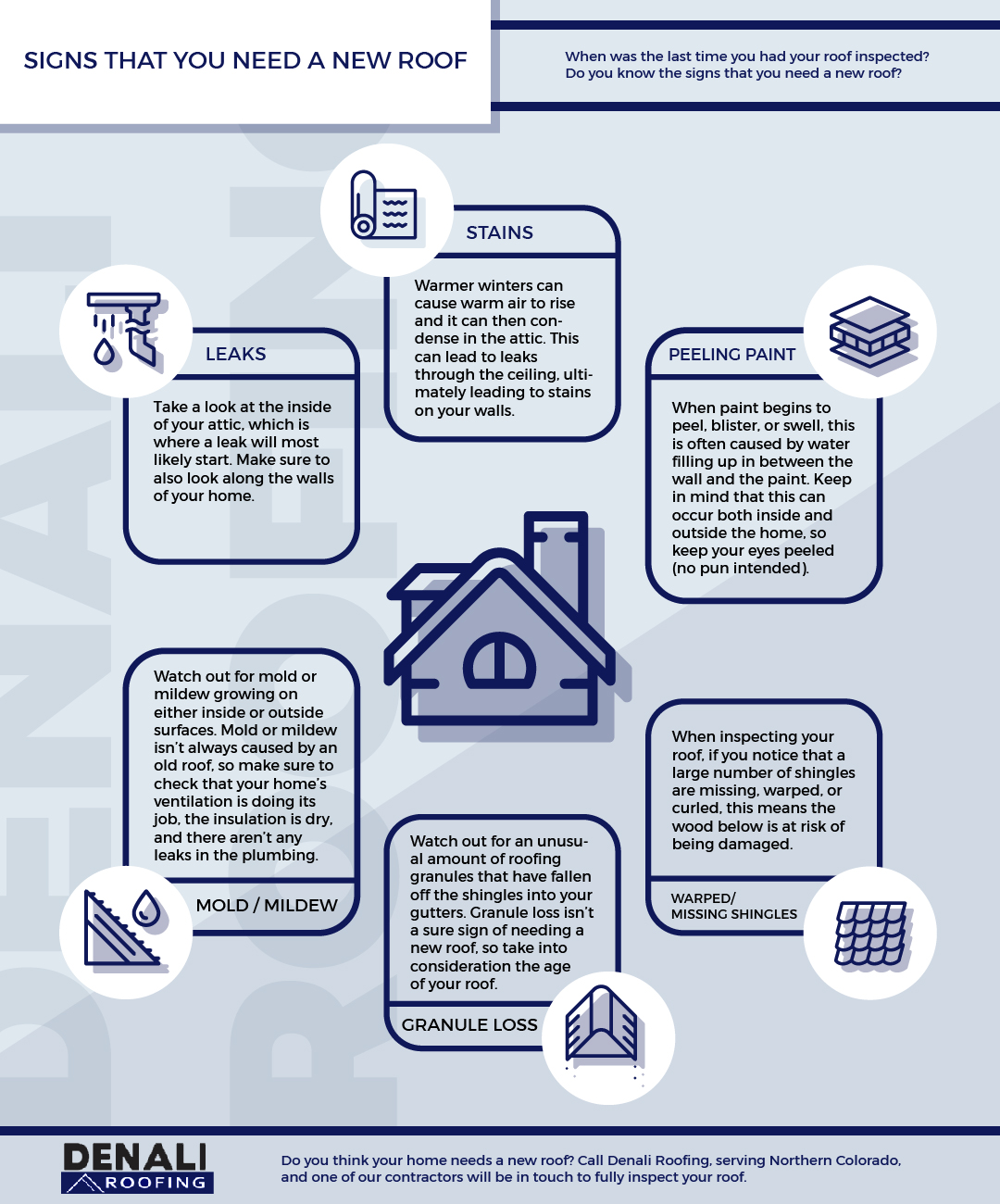The Duty Of Weather Condition In Roof Setup: Picking The Right Seasons And Conditions For Success
The Duty Of Weather Condition In Roof Setup: Picking The Right Seasons And Conditions For Success
Blog Article
Write- https://www.pbctoday.co.uk/news/planning-construction-news/roofing-contractors-framework/94216/ Created By-Terry Noer
When it concerns roof covering installations, the weather condition can make or damage the job. Think of the irritation of taking care of products that won't coordinate because of extreme heat or fighting slippery surfaces triggered by unanticipated rainfall. Comprehending the impact of climate condition on your roofing job is essential for a successful end result. So, let's check out just how different climate components can affect the top quality and resilience of your roof installation, making sure a task well done.
Impact of Temperature on Roof Setup
When it comes to roof covering installment, temperature level plays an important function at the same time. The ideal temperature for roof covering tasks usually drops between 45 and 85 degrees Fahrenheit. Severe heat can trigger products like tiles to end up being too flexible, causing potential damage during setup. On the other hand, chilly temperatures can make products weak and susceptible to cracking. It is necessary to schedule roofing system setups during modest temperature levels to guarantee the best result.
Throughout colder climate, service providers may require to take added preventative measures such as making use of warmed tools or permitting products to heat up before setup.
In contrast, heat might require work to be done previously or later in the day to prevent the peak temperature levels. By thinking about the temperature level and its effects on roof products, you can assist make sure a successful setup that will endure the elements for years to come.
Impact of Precipitation on Roof Covering Projects
Roof covering tasks can be considerably impacted by precipitation, influencing both the timeline and the top quality of the setup. Rain or snow can produce slippery conditions, making it risky for roofers to work with a wet surface. Additionally, moisture can endanger the bond of products like tiles or underlayment, leading to potential leakages or damages in the future.
If it rainfalls during a roofing task, the water can permeate into at risk locations, triggering delays as the installment crew need to wait for the roofing system to dry prior to proceeding. Extreme moisture can additionally advertise the growth of mold and mold, further threatening the stability of the roof covering.
To avoid these concerns, it's suggested to set up roof jobs throughout drier periods or check the weather report carefully to intend about any kind of possible rainstorms. By taking safety measures to operate in favorable weather, you can make certain a smoother and a lot more effective roofing setup procedure.
Influence of Wind Rate on Installment Success
Throughout roof covering setup, the rate of the wind plays a critical function in determining the success of the job. visit this website can pose significant obstacles to roofing contractors, potentially causing safety risks and top quality concerns. When wind rates surpass suggested restrictions, it becomes difficult to deal with products, boosting the danger of crashes and damages to the roof covering materials. Solid gusts can likewise impact the precision of measurements and the accuracy needed for proper installation.
To guarantee an effective roofing setup, it's essential to monitor and take into consideration wind rates. Ideally, roof covering installation ought to happen on days with low to moderate wind rates. This not only boosts the safety and security of the employees yet likewise boosts the total high quality of the installation.
Roofing projects set up during tranquil weather are most likely to be finished effectively and with fewer errors. By taking notice of wind speed projections and preparing appropriately, you can aid ensure a smooth and successful roof installation process.
Conclusion
So, when it involves roof setup, keep in mind to think about the weather conditions to make certain a successful job. Optimum temperatures, completely dry problems, and moderate wind rates are key factors to focus on for a smooth setup process. By scheduling your task throughout the best periods and excellent weather conditions, you can accomplish a resilient and resilient roofing that will secure your home for many years to find.
